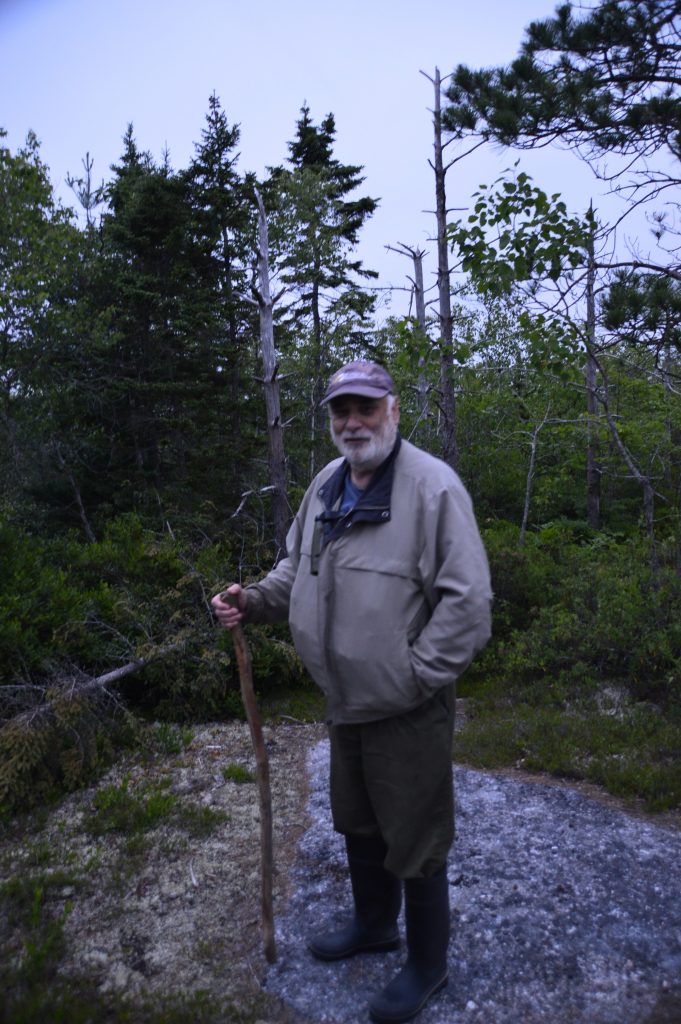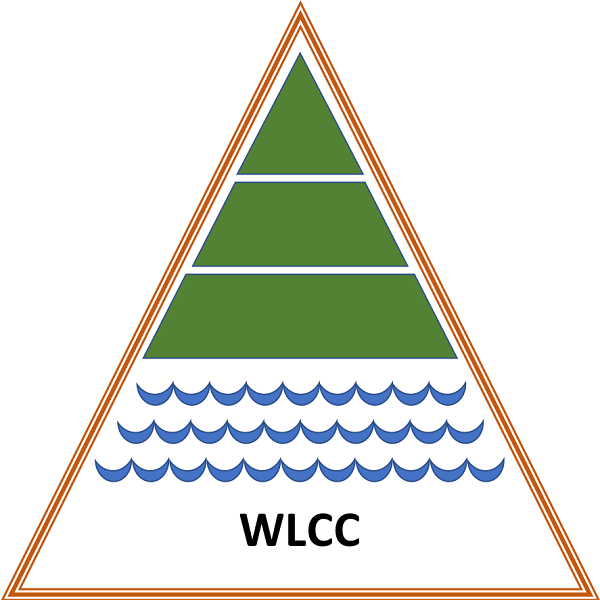This document is a 2020 report by Fulton Lavender of birds in the Williams Lake and Backlands area from Martha R. Leary’s notes taken on visits to the Backlands during 2020. You can download the PDF version of this document here.

Spryfield 2020
Fulton Lavender: Bird ID expert consultant to the Backlands Coalition
Dates: February 6; March 1; March 2; March 11; March 15 & 16; April 19; and July 5th, 2020
February through April 2020
The whole Backlands are a “Flyway Corridor” for migration and specifically are a good raptor migration zone. Of special note this season were:
- Immature male Peregrine falcon (Feb 6th)
- Adult female Peregrine falcon (March 11th)
- Long-eared owls: group of 4 flying from Kidston Lake to Colpitt Lake, perhaps to nest around Flat Lake (March 11th)
- Rusty Blackbird sighted March 11th, headed for the Backland bogs with streams and brooks, our Boreal wetlands
- Black-backed Woodpecker: fresh workings of feeding while passing through on its way to the fire-burn area (March 11th)
- Golden Eagle: March 15 a sub-adult (possibly 3rd year) food searching on migration
- Rough-legged Hawk: March 16th, a high arctic taiga species, passing through to northern Quebec or Labrador
- April 19th (best spring raptor migration day)
- 6 Turkey vultures (attempting to nest);
- 6 Ospreys;
- 5 Bald eagles;
- 1 Eurasian Kestrel (immature)
Church of Christ Lands
In the forest on the granite batholith – Mixed Forest growing on granite, often extremely thick underbrush with, for example: globally rare Jack pine and Broom crowberry association; Red pine; Black spruce; Tamarack; Grey birch (or Wire birch); Large-toothed Aspen; Red spruce; Scotch pine (1 volunteer); Huckleberry; Bayberry; Winterberry; Kalmia angustifolia (Sheep’s laurel); Wild Raisin; Red oak; Red Maple.
- Key historical bird data: The Church of Christ lands are one of only two microhabitat regions in Canada to have all three eastern North American Goatsuckers/Nightjars either as nesters or summer residents in our last two decades (the other location is the southern tip of Ontario).
- Common night hawk – currently nesting
- Whip-poor Will – still a potential nester
- Chuck Will’s Widow – last nested in 2015, potentially still nesting
July 5, 2020
- White throated sparrows
- Black capped chickadees: some alone, some pairs defending nests against our presence
- Hermit thrush: Many Hermit thrushes that were on distinct territories. They were with their second nest this season. These thrushes are one of the first species affected by a loss of insects.
- Robin
- Barred Owl
- Black & White Warbler
- Ovenbird
- Great Horned Owl: At least 1 pair, quite vocal
- Loons: extended calling and responding on Williams Lake below
- Common Yellowthroat: First 3 then quite a few in one area of mixed forest. Forages for insects in shrubby, wet areas, marshes and forest edges. Short distance migrant.
- American crows: occasional flyovers
- Mourning doves: after dawn
- Ruffed grouse: seen darting across our path
- Nashville warbler – 2
- Yellow warbler: several along edges of forest
- Red-eyed Vireo: insect eating, foraging
- American Redstart
- Northern Parula
- Northern Flicker
- Chestnut-sided Warbler
- Turkey Vultures – pair roosting and prospecting for nest site
- Edge of the feeder stream between Colpitt and Williams Lakes
- Black Ducks – nesting pair (March 2, 2020)
- Common Loons – nesting pair (March 11, 2020)
- Off the granite batholith, forested wetlands beside Colpitt Lake, closed-canopy forests, particularly deciduous and mixed deciduous-coniferous woods. Boreal wetland and conifer climax species suffer most from the double threats of habitat destruction and climate change.
- Ovenbird
- Brown creeper
- Eastern Wood-Pewee
